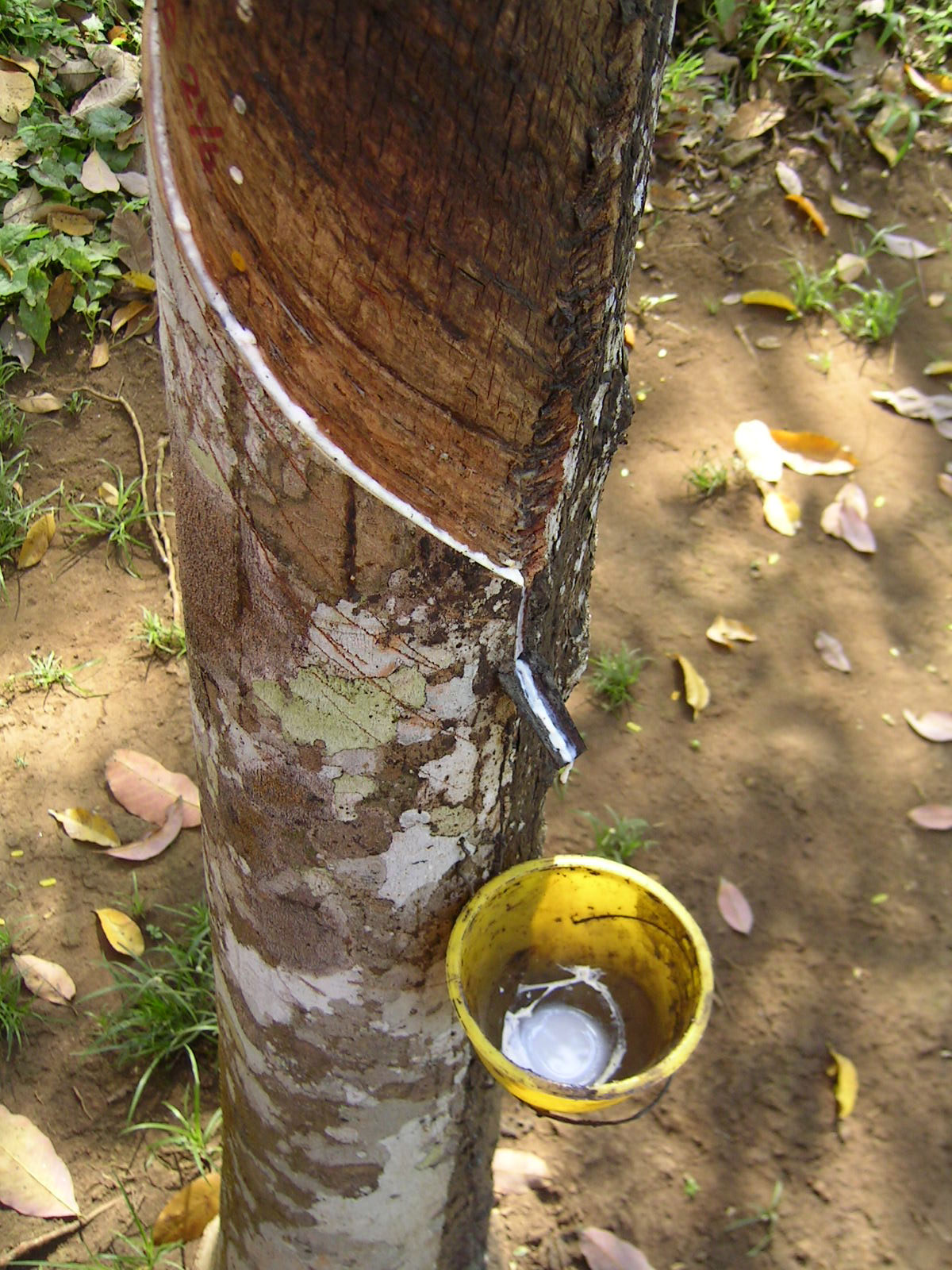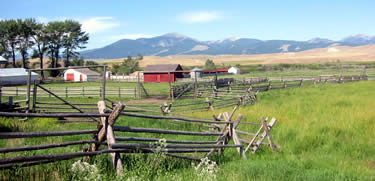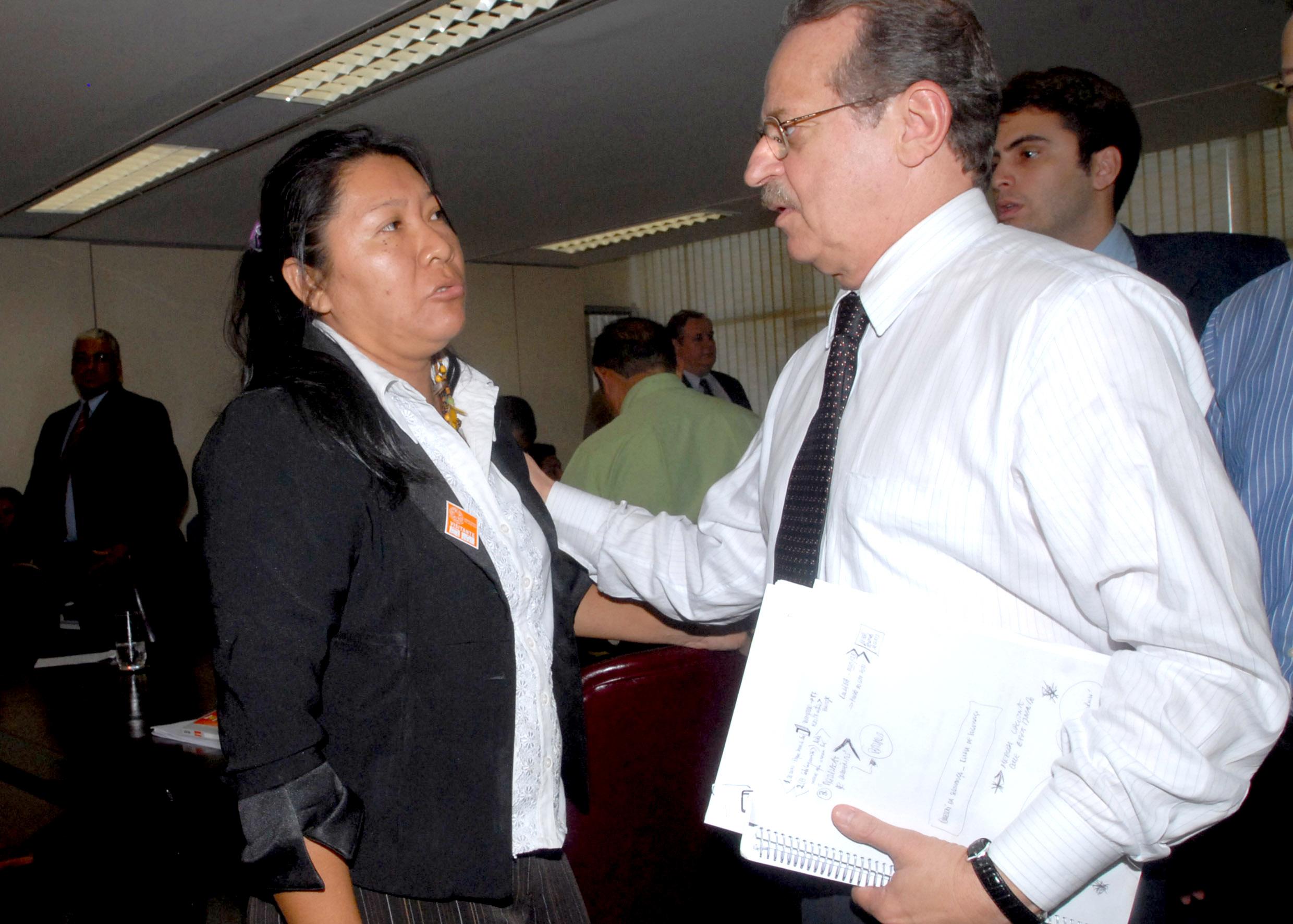|
Rupununi Savannah
The Rupununi savannah is a savanna plain in Guyana, in the Upper Takutu-Upper Essequibo region. It is part of the Guianan savanna ecoregion of the tropical and subtropical grasslands, savannas, and shrublands biome. Description The Rupununi Savannah is located between the Rupununi River and the border with Brazil and Venezuela. The Rupununi forms the southwestern wilderness territory of Guyana, a South American country situated on the Northeastern littoral of South America. The savannah is dissected by the Kanuku Mountains. The Rupununi Savannah encompasses 5000 square miles of virtually untouched grasslands, swamplands, rain-forested mountains. The region usually floods in the wet season (May to August). Early European explorers believed that the Rupununi floodplains were the legendary Lake Parime. Biodiversity The savannah is divided north from south, by the Kanuku Mountains, Guyana's most biologically diverse region. According to Conservation International, the "area supp ... [...More Info...] [...Related Items...] OR: [Wikipedia] [Google] [Baidu] |
Tropical And Subtropical Grasslands, Savannas, And Shrublands
Tropical and subtropical grasslands, savannas, and shrublands is a terrestrial biome defined by the World Wide Fund for Nature. The biome is dominated by grass and/or shrubs located in semi-arid to semi- humid climate regions of subtropical and tropical latitudes. Tropical grasslands are mainly found between 5 degrees and 20 degrees in both North and south of the Equator. Description Grasslands are dominated by grasses and other herbaceous plants. Savannas are grasslands with scattered trees. Shrublands are dominated by woody or herbaceous shrubs. Large expanses of land in the tropics do not receive enough rainfall to support extensive tree cover. The tropical and subtropical grasslands, savannas, and shrublands are characterized by rainfall levels between per year. Rainfall can be highly seasonal, with the entire year's rainfall sometimes occurring within a couple of weeks. African savannas occur between forest or woodland regions and grassland regions. Flora includes acacia ... [...More Info...] [...Related Items...] OR: [Wikipedia] [Google] [Baidu] |
Biodiversity
Biodiversity is the variability of life, life on Earth. It can be measured on various levels. There is for example genetic variability, species diversity, ecosystem diversity and Phylogenetics, phylogenetic diversity. Diversity is not distributed evenly on Earth. It is greater in the tropics as a result of the warm climate and high primary productivity in the region near the equator. Tropical forest ecosystems cover less than one-fifth of Earth's terrestrial area and contain about 50% of the world's species. There are latitudinal gradients in species diversity for both marine and terrestrial taxa. Since Abiogenesis, life began on Earth, six major mass extinctions and several minor events have led to large and sudden drops in biodiversity. The Phanerozoic aeon (the last 540 million years) marked a rapid growth in biodiversity via the Cambrian explosion. In this period, the majority of Multicellular organism, multicellular Phylum, phyla first appeared. The next 400 mil ... [...More Info...] [...Related Items...] OR: [Wikipedia] [Google] [Baidu] |
Cassava
''Manihot esculenta'', common name, commonly called cassava, manioc, or yuca (among numerous regional names), is a woody shrub of the spurge family, Euphorbiaceae, native to South America, from Brazil, Paraguay and parts of the Andes. Although a perennial plant, cassava is extensively cultivated in tropical and subtropical regions as an annual crop for its edible starchy tuberous root. Cassava is predominantly consumed in boiled form, but substantial quantities are processed to extract cassava starch, called tapioca, which is used for food, animal feed, and industrial purposes. The Brazilian , and the related ''garri'' of West Africa, is an edible coarse flour obtained by grating cassava roots, pressing moisture off the obtained grated pulp, and finally drying it (and roasting in the case of both and ''garri''). Cassava is the third-largest source of carbohydrates in food in the tropics, after rice and maize, making it an important staple food, staple; more than 500 million pe ... [...More Info...] [...Related Items...] OR: [Wikipedia] [Google] [Baidu] |
Latex
Latex is an emulsion (stable dispersion) of polymer microparticles in water. Latices are found in nature, but synthetic latices are common as well. In nature, latex is found as a wikt:milky, milky fluid, which is present in 10% of all flowering plants (angiosperms) and in some Mushroom, mushrooms (especially species of ''Lactarius''). It is a complex emulsion that coagulation, coagulates on exposure to air, consisting of proteins, alkaloids, starches, sugars, Vegetable oil, oils, tannins, resins, and Natural gum, gums. It is usually exuded after tissue injury. In most plants, latex is white, but some have yellow, orange, or scarlet latex. Since the 17th century, latex has been used as a term for the fluid substance in plants, deriving from the Latin word for "liquid". It serves mainly as Antipredator adaptation, defense against Herbivore, herbivores and Fungivore, fungivores.Taskirawati, I. and Tuno, N., 2016Fungal defense against mycophagy in milk caps ''Science Report Kanazaw ... [...More Info...] [...Related Items...] OR: [Wikipedia] [Google] [Baidu] |
Manilkara Bidentata
''Manilkara bidentata'' is a species of '' Manilkara'' native to a large area of northern South America, Central America and the Caribbean. Common names include bulletwood, balatá, ausubo, massaranduba, quinilla, and (ambiguously) " cow-tree". Description The balatá is a large tree, growing to tall. The leaves are alternate, elliptical, entire, and long. The flowers are white, and are produced at the beginning of the rainy season. The fruit is a yellow berry, in diameter, which is edible; it contains one (occasionally two) seed(s). Its latex is used industrially for products such as chicle. Uses The latex is extracted in the same manner in which sap is extracted from the rubber tree. It is then dried to form an inelastic rubber-like material. It is almost identical to gutta-percha (produced from a closely related southeast Asian tree), and is sometimes called ''gutta-balatá''. Balatá was often used in the production of high-quality golf balls, to use as the outer l ... [...More Info...] [...Related Items...] OR: [Wikipedia] [Google] [Baidu] |
Cattle Ranching
A ranch (from /Mexican Spanish) is an area of land, including various structures, given primarily to ranching, the practice of raising grazing livestock such as cattle and sheep. It is a subtype of farm. These terms are most often applied to livestock-raising operations in Mexico, the Western United States and Western Canada, though there are ranches in other areas.For terminologies in Australia and New Zealand, see Station (Australian agriculture) and Station (New Zealand agriculture). People who own or operate a ranch are called ranchers, cattlemen, or stockgrowers. Ranching is also a method used to raise less common livestock such as horses, elk, American bison, ostrich, emu, and alpaca.Holechek, J.L., Geli, H.M., Cibils, A.F. and Sawalhah, M.N., 2020. Climate Change, Rangelands, and Sustainability of Ranching in the Western United States. ''Sustainability'', ''12''(12), p.4942. Ranches generally consist of large areas, but may be of nearly any size. In the western United S ... [...More Info...] [...Related Items...] OR: [Wikipedia] [Google] [Baidu] |
Kanashen
The Kanashen (or Konashen) Community Owned Conservation (COCA) is Guyana's first community-owned area that is legally protected; it is primarily inhabited by the Wai-Wai indigenous group. Kanashen houses the headwaters of the Essequibo River, Guyana's principal water source, and encompasses the southern portion of its watershed, which drains the Kassikaityu, Kamoa, Sipu and Chodikar rivers. The main mountains are the Wassarai, Yahore, Komoa and Kaiawakua, with elevations up to about 1200 metres above sea level. Bio-diversity Flora The biology of the Kanashen district is relatively unstudied, except for its flora. Botanically, the area has many species found only in the area and is covered by four general vegetation types, which have remained almost completely intact. The main vegetation types are tall evergreen highland forest and tall/medium evergreen lower montane forest. There are also small areas of tall evergreen flooded riparian forest and lowland shrub savanna. Speci ... [...More Info...] [...Related Items...] OR: [Wikipedia] [Google] [Baidu] |
Macushi
The Macushi (''Makuusi'', ) are an Indigenous people living in the borderlands of southern Guyana, northern Brazil in the state of Roraima, and in an eastern part of Venezuela. Identification The Macushi are also known as the Macusi, Macussi, Makushi, Makusi, Makuxi, Teueia, and Teweya people. Macushi, as well as the Arecuna, Kamarakoto, and Taurepan are considered sub-groups of Pemon. Language Macushi people speak the Macushi language, a Macushi-Kapon language, which is part of the Carib language family. Some in Brazil also speak Portuguese, while some in Venezuela speak Spanish, and some in Guyana speak English. The Macushi language is written in the Latin script, and the New Testament was translated into the language in 1996. Macushi were hesitant to teach their language to outsiders, thus the language was threatened in the 1950s, as it was considered "slang" compared to the official Portuguese. Housing and lifestyle They live in villages linked together by tracks an ... [...More Info...] [...Related Items...] OR: [Wikipedia] [Google] [Baidu] |
Wapishana
The Wapishana or Wapichan (or Wapisiana, Wapitxana, Vapidiana, Wapixana) are an Indigenous group found in the Roraima area of northern Brazil and southern Guyana. Location Currently the Wapishana are located in the State of Roraima, Brazil, northern and eastern Boa Vista, as well as in the southern Rupununi savannas of Guyana. In their villages, one can find ranches, settlements, small towns, and commercial developments of Brazilians. In Guyana, the Wapishana villages are located between the Takutu, Rupununi, and Kwitaro rivers, bordering the Macushi territory in the Kanuku Mountains to the north, and extending as far as the Wai-Wai territory to the south. In Brazilian territory, in the north eastern portion of Roraima, the Wapishana villages are mostly located in the Serra da Lua (Moon Ridge) region between the Branco River and one of its affluent, the Tacutu. On the lower Uraricoera River, another affluent of the Branco, most of the villages contain a mixed population of ... [...More Info...] [...Related Items...] OR: [Wikipedia] [Google] [Baidu] |
Endangered Species
An endangered species is a species that is very likely to become extinct in the near future, either worldwide or in a particular political jurisdiction. Endangered species may be at risk due to factors such as habitat loss, poaching, invasive species, and climate change. The International Union for Conservation of Nature (IUCN) Red List lists the global conservation status of many species, and various other agencies assess the status of species within particular areas. Many nations have laws that protect conservation-reliant species which, for example, forbid hunting, restrict land development, or create protected areas. Some endangered species are the target of extensive conservation efforts such as captive breeding and habitat restoration. Human activity is a significant cause in causing some species to become endangered. Conservation status The conservation status of a species indicates the likelihood that it will become extinct. Multiple factors are ... [...More Info...] [...Related Items...] OR: [Wikipedia] [Google] [Baidu] |




